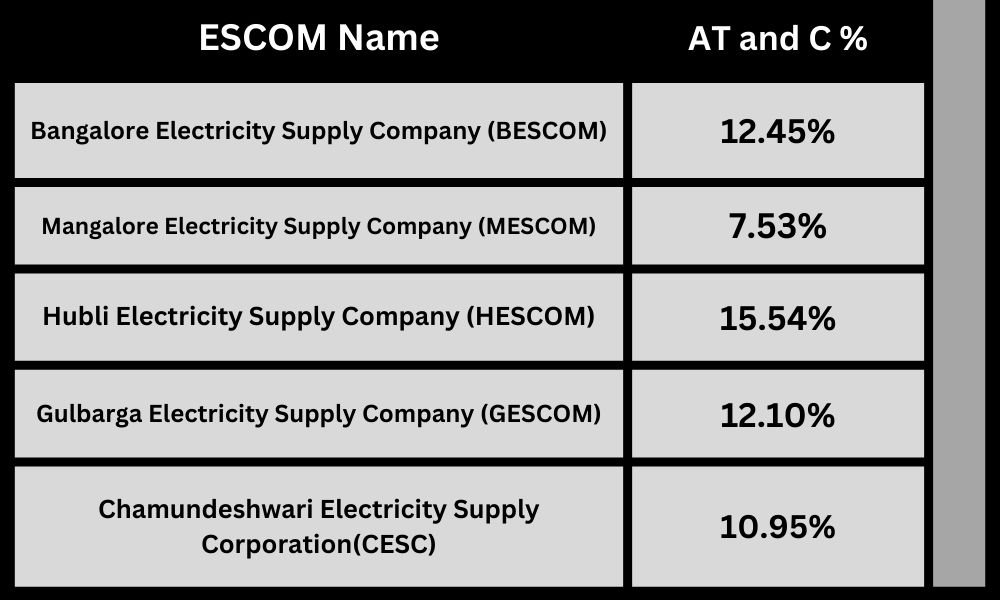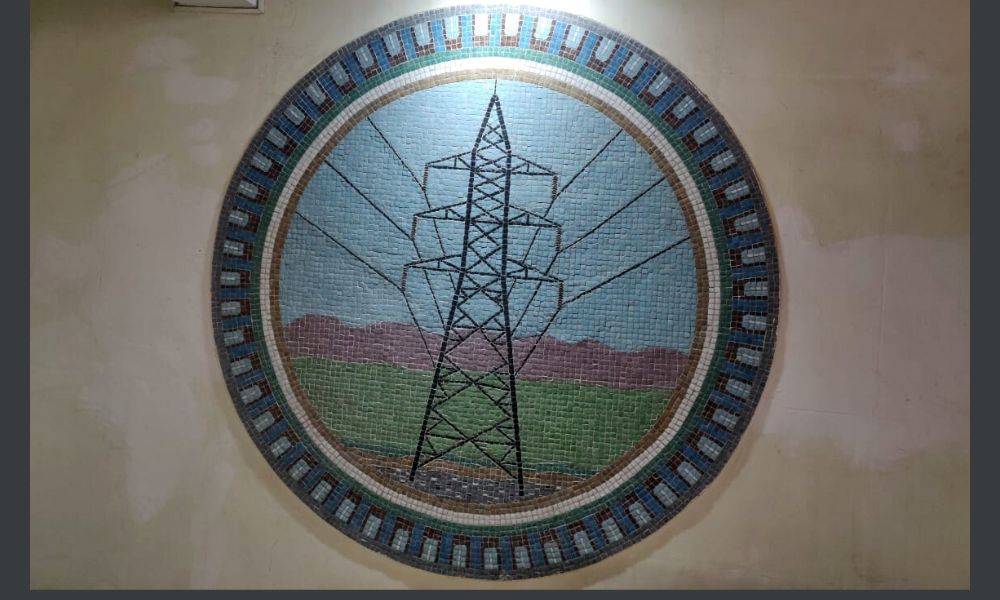Karnataka’s AT and C losses have reduced to 14.4 percent from 16.4 percent last year.
This year the aggregate loss of power has seen a dip in the right direction, downwards. The Aggregate Technical and Commercial (AT and C) loss in 2019 was 16.40 percent, 15.5 percent in 2020, and 16.30 percent in 2021. Karnataka’s current AT and C loss of power stands at 14.41 percent.
Viplavi LV an electrical engineer said, “The reduction in AT and C losses has resulted in bridging the gap between the supply cost and the final revenue of the DISCOM’s.”
Experts explain that an increase in power distribution losses leads to an increase in tariff on electricity. So the shrinking of these power losses is better for the consumer as well. Karnataka’s tariff hike is not as significantly high as other states like Delhi and Nagaland as it has reduced its power distribution losses.
Mr Anil Kumar, Financial Advisor, Regulatory Affairs at the Karnataka Power Transmission Corporation Limited (KPTCL) said, “Technical loss commences with the transmission of electricity at high voltage mainly at the distribution level. Commercial losses include theft of electricity, meter not recording the readings and inefficiency in billing.” He added that the technical losses can be reduced by taking appropriate technical measure like using proper conductors while the commercial losses can be reduced by reducing the theft of electricity, by increasing billing efficiency, and by replacing meters that do not work.
Experts say the reasons for the AT and C losses are of two types—technical and commercial. Mr Kumar said, “Power theft and malfunctioning meters are the reason for commercial losses and technical losses happen because of issues while transmitting and distribution.”
Viplavi explains that the there are four major steps involved in the process of getting electricity from source to consumer. The first step is power generation which is then followed by power transmission which is distributed and then traded.The power is lost during the distribution step of this process.
The five prominent electricity supply companies in Karnataka are Bangalore Electricity Supply Company (BESCOM), Mangalore Electricity Supply Company (MESCOM), Hubli Electricity Supply Company (HESCOM), Gulbarga Electricity Supply Company (GESCOM), and Chamundeshwari Electricity Supply Corporation(CESC).HESCOM has the highest AT and C loss percent of 15.54 percent and MESCOM has the lowest with a power loss of 7.53 percent.

She added, “Due to the usage of new and better materials for the wires, the power distribution losses can be brought down. Using high voltage transmission lines can help reduce technical losses.” She said that power theft is one of the biggest reasons for commercial losses. An example cited by her is villagers do not know the right channel of getting electricity i.e., a paid connection. “What they do is directly use a transformer to connect their agricultural pumps. So the power they use is unaccounted for and has no energy meter reading,” said Viplavi.
The Ministry of Power data shows that the national AT and C loss followed a similar trend. It went from 22 percent last year to 17 percent this year. The AT and C loss for 2018-20 was 20-21 percent of power loss.
Experts said that this is a loss to the government that has generated the electricity and the aggregate power distribution losses are less then it benefits all the parties involved—the government, the DISCOM’s, ESCOM’s and saves resources as well. They added that higher the power distribution loss is lower the revenue realized for every unit supplied will be.
Karnataka Electricity Regulatory Commission’s annual report for the year 2021-22 shows that domestic usage and educational institutes in Karnataka have the highest number of installed power units with 1,73,75,075 installations. The data in the report also indicates that Karnataka has 3,798 hydel power generation plants, 4415 thermal power plants and 31,359 plants in total. Karnataka also 1,299 power stations. It has transmission lines covering 40,304 km.
In a Power for All initiative by the Ministry of Power, Coal and Renewable Energy reforms were introduced to reduce the AT and C losses. They approved a ‘Revamped Distribution Sector Scheme—A Reforms based and Results linked Scheme’ with the objective of improving the efficiency of power supply to consumers and some other initiatives.




